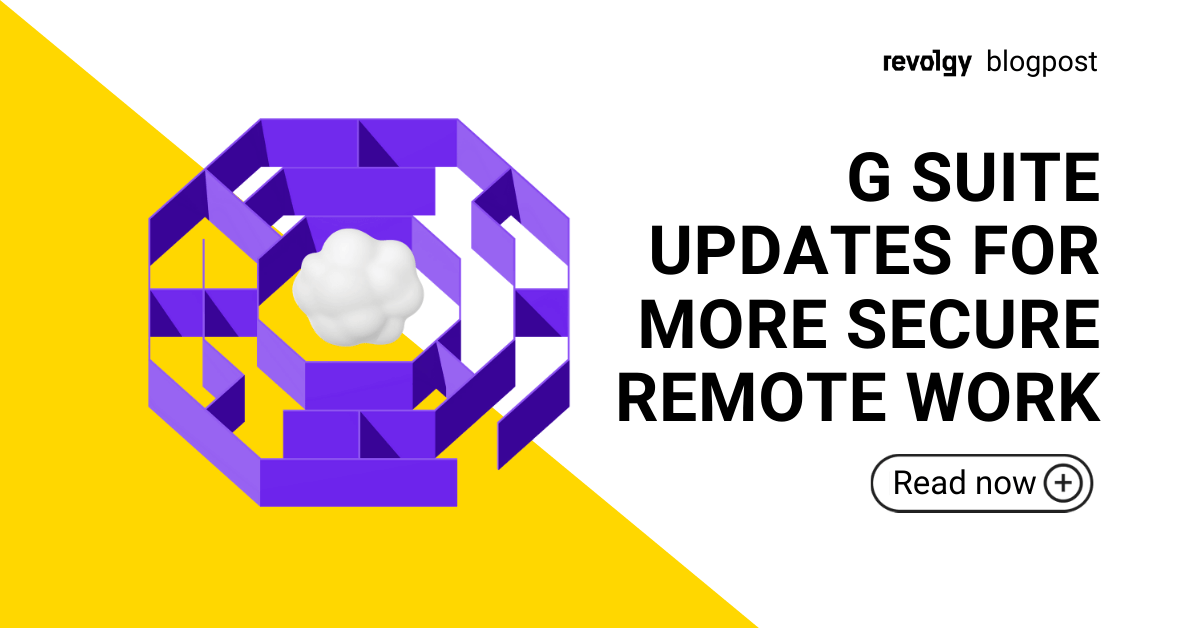Google Workspace
Avoid data loss with proper user offboarding
Offboarding in an organization is not merely saying goodbye to a departing team member, it’s a crucial process that demands careful execution. A comprehensive offboarding plan can ensure data security, prevent unauthorized access, and preserve necessary information. Let’s explore a more secure approach to user offboarding within Google Workspace.
Preparing for offboarding: preserve and migrate data
Start your offboarding process by preserving and migrating data. Google Workspace equips you with several tools:
- Google Takeout: Google Takeout is a handy tool that lets you download your data for offline storage or transfer it to a different service.
- Google Drive: Transfer the ownership of documents to another account; ideally, use Shared Drives to ensure the company owns the data, not individual accounts.
- Gmail labels and emails: These can be saved for future reference or transferred to another user.
- Calendar events: Transfer the ownership of events to avoid scheduling disruptions.
- MDM: Mobile Device Management (MDM) secures corporate data on employees’ devices. During offboarding, it is necessary to revoke the exiting employee’s access to company information on their device. This can involve wiping company data from the device, removing it from the company’s MDM system, or even doing a full wipe if it’s a company-owned device.
- Access to third-party apps: When an employee leaves a company, managing access to third-party applications is critical to ensure data security. This involves revoking access and transferring ownership to another employee.
Remember, you’ve got a strict 20-day deadline post-deletion to migrate your data!
Communicating the change
Ensure the departing employee’s team and any clients or partners are informed of their departure. Provide them with an alternative point of contact within the organization to ensure a seamless transition.
Managing emails and potential data loss
An employee’s departure could mean potential email loss. To prevent this:
- Implement a catch-all rule to capture emails directed to the former employee. The so-called wild-card email functions as a safety net to ensure no emails get lost just because they were sent to a non-existent or misspelled email address at your domain.
- Assign an email alias to a new user who will take over the outgoing user’s duties.
Mitigating security risks
Before you proceed to the next stage, confirm all company property and access devices are returned. Also, ensure the employee no longer has physical access to your offices. If they use their personal devices for work, guide them through removing company data securely.
Archiving user licenses and deletion
Next, archive the user license. This readies the account for deletion while preserving the data. Once this is done, you can delete the user, safely knowing that you’ve secured all necessary information.
Potential offboarding problems and solutions
Offboarding can present several challenges:
- Data theft: To prevent the outgoing user from downloading or sharing sensitive data, suspend their account or change their password immediately upon departure.
- Orphaned files: If a folder owner’s account is deleted, other users might struggle to locate their files — these files are not lost but merely orphaned. Use the ‘is:unorganized owner:me’ search query to find these orphaned files.
- Rogue employee: If an employee leaves under less-than-ideal circumstances, immediate password change or account suspension is necessary to safeguard your systems.
In conclusion, a strategic and thorough approach to user offboarding can enhance your data security while ensuring a smooth transition. These steps and best practices within Google Workspace can help safeguard your valuable data, a priceless asset in today’s digital world.
Are you planning to migrate to Google Workspace? Contact us for a free consultation, and we’ll find the best solution for your business.


.jpg)
